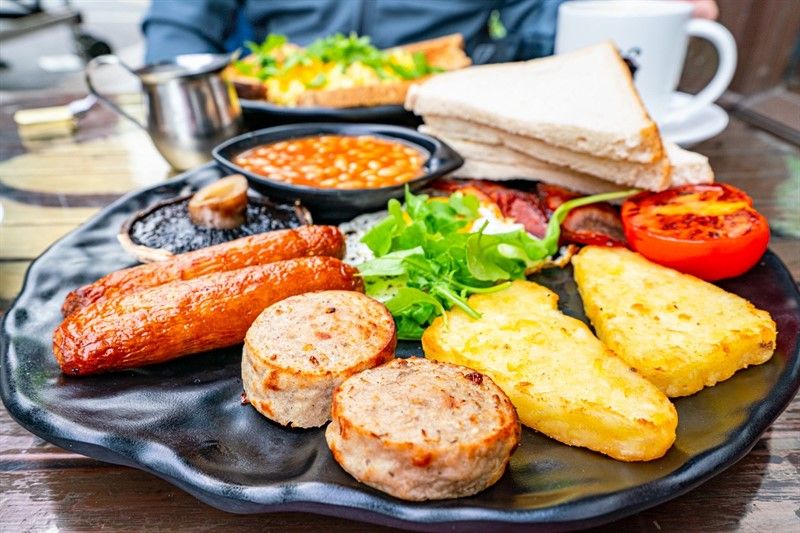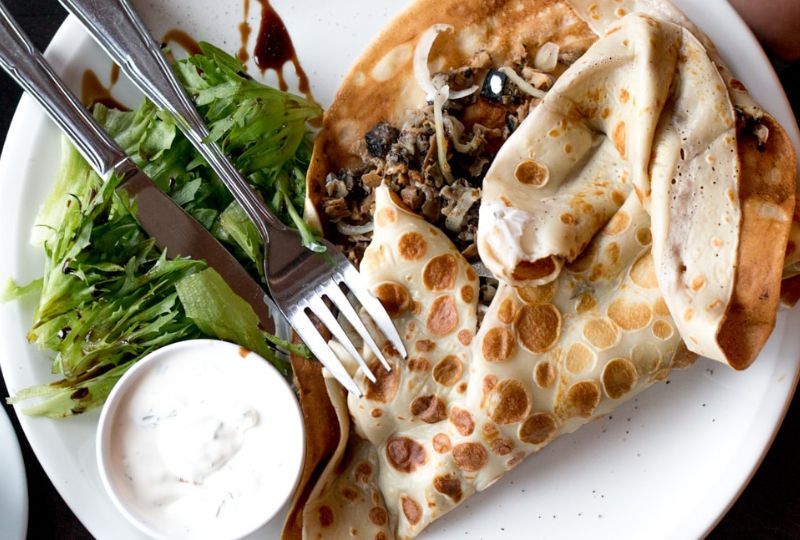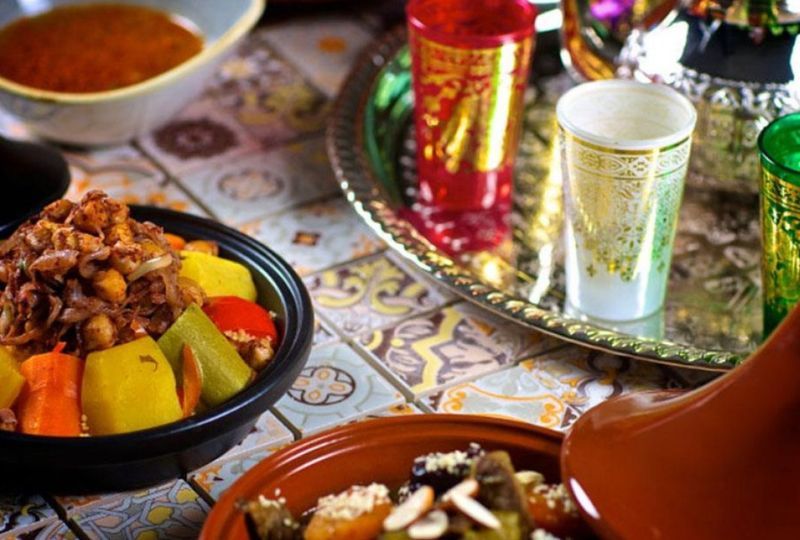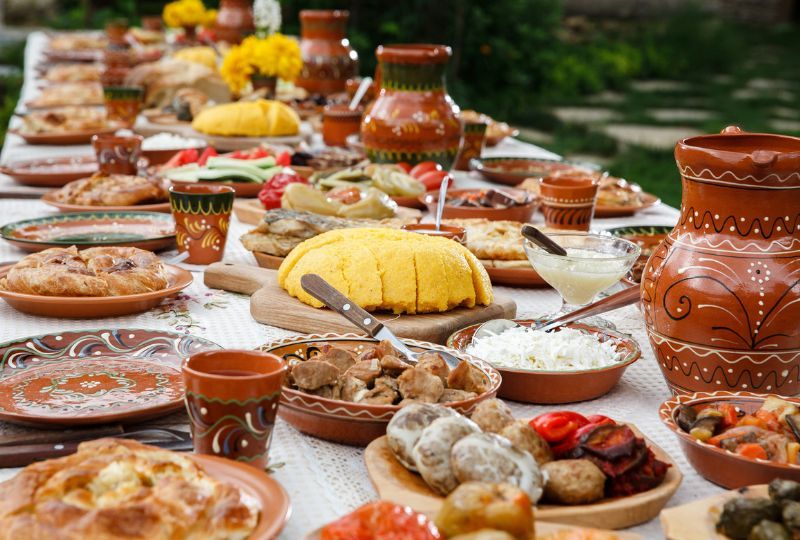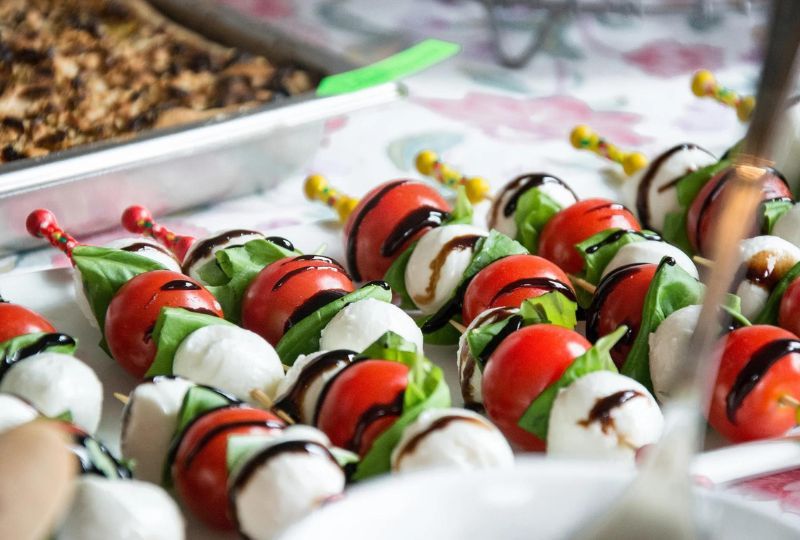If you're preparing a trip to Emerald Island, don't hesitate to read our overview on choosing authentic Irish food. From lamb in springtime to fish in the summer season, stews and soups in winter and, obviously, potatoes at nearly whenever of the year, Irish food involves simple, hearty, household food preparation that adheres to the seasons.
10. Soda bread

Every family in Ireland has its recipe for soda bread, hand-written on flour-crusted notepaper and wedged in amongst the culinary publications. Some like it extraordinary with a dose of honey, sugar or dried out fruits. Others prefer sprinkled-in seeds, bran, and oats for a wellness boost or treacle and Guinness for the opposite result. Nevertheless, the essential components don't transform (bicarbonate of soda and also buttermilk create the increasing representative, which is mixed in with flour) and nor does the means it's consumed: sliced and also spread freely with butter.
9. Shellfish

Browse through Ireland beyond the summer season, and your opportunities of seeing the sunlight might be slim. On the bonus side, you'll have the ability to feast on the west coastline's plump native oysters (Ostrea edulis), which enter into a period in September, as well as pay a visit to the Galway Oyster Festival (28-30 September). Shellfish abound in Irish food, from clams in Connemara to Molly Malone's renowned cockles and mussels, as well as Dublin Bay prawns, which have their very own event kept in Howth.
8. Irish stew

One-pot cooking doesn't obtain much less complex than Irish stew, commonly made with mutton, onions and also potatoes (the enhancement of carrots can be a divisive issue). To prevent the stew from being watery (a youth scary for many of us), some recipes recommend including pearl barley, a spoonful of roux or sliced up potatoes. In contrast, others decrease the liquid by leaving the stew to simmer. Nowadays, you're most likely to find Irish stew made with lamb (as a lot more tasty mutton is tougher to come by), with stock and herbs-- such as thyme, parsley, and bay leaves adding deepness of flavour.
7. Colcannon and champ

Potatoes transformed the Irish diet plan when they were presented from the New Globe in the late 16th century. Ireland's population boomed with this economy and numerous food resources, yet was later decimated when a curse struck potato harvests in the 19th century. Potatoes are still a staple at most nourishments, with typical dishes staying preferred. Colcannon is a traditional, soothing mash of potatoes, cabbage (or kale) and butter (or lotion), flavoured with spring onions. Champ is a similar mashed potato favourite, flavoured with spring onions, milk and butter.
6. Boxty

Potato dumplings, potato pancake and potato bread, are all descriptors for boxty; some say the name stems from the Irish expression arán bocht tí, implying 'poor-house bread'. The recipe calls for a grated raw potato to be blended with mashed potato and after that either: mixed with flour and also salt and boiled before being sliced as well as fried in butter (' boxty dumplings'); added to a pancake-like batter before being fried (' boxty on the pan'); or contributed to a pancake-like batter before being baked in a loaf tin and afterwards cut and fried (' boxty in the oven'). Whichever means you choose, your boxty can be teamed with practically anything. Try it together with bacon and eggs or smoked salmon and also crème fraîche.
5. Boiled bacon and cabbage

Steamed bacon, boiled cabbage, and boiled potatoes might not seem all that appetising, yet it stays a firm household favourite. Generally, salty pork-- a cut from the shoulder or rear of the pig-- would undoubtedly have been saturated overnight (depending on just how much desalting was required) before being steamed, with the cabbage contributed to the cooking pot in the last 10 mins. A silky parsley sauce is a classic enhancement.
4. Smoked salmon

Smoked salmon is an additional must-try-- the oak-smoked salmon from the Burren Smokehouse, the beechwood-smoked salmon from the Connemara Smokehouse, as well as the uncommon turf-smoked salmon from The Sanctuary Smokehouse are all worth keeping an eye out for.
3. Black and white pudding

The Irish weren't the just ones to discover the delights of black pudding (pork meat, fat, blood blended with barley, suet, and oatmeal in a highly flavoured sausage). White dessert (similar, however, minus the blood) may be much less usual around the globe, but no complete Irish morning meal would certainly be total without a piece of each. Past breakfast, black pudding is just as most likely to appear on the menu of wise Irish restaurants nowadays, served with sautéed scallops, in croquettes, under poached eggs, in salads, as well as risottos and also as a garnish to soups.
2. Coddle

The name coddle originates from the slow simmering or 'coddling' of ingredients in a one-pot stew with origins as a working-class Dublin meal. The leftovers at the end of the week would be slowly stewed in the oven for hrs, with pieces of pork sausage packed in together with bacon rashers or leftover boiled bacon and sliced up potatoes onions. To make a premium version, use premier pork sausages and bacon, and offer the coddle with slices of soda bread to mop up the juices.
1. Barmbrack

Fanatics make this fruity tea loaf all year round, offering it surrounded in butter with a cup of tea in the afternoon. It goes to Halloween, nevertheless, that you'd discover beauty in your piece foretelling the future: a cloth foreshadowed misfortune or destitution; a ring implied you'd be joined within a year; a pea that you wouldn't be bound in the coming year; a coin brought wealth, and a stick forewarned quarrels. Raisins, candied peel (occasionally soaked overnight in black tea and bourbon), and blended spice enter the mix.
